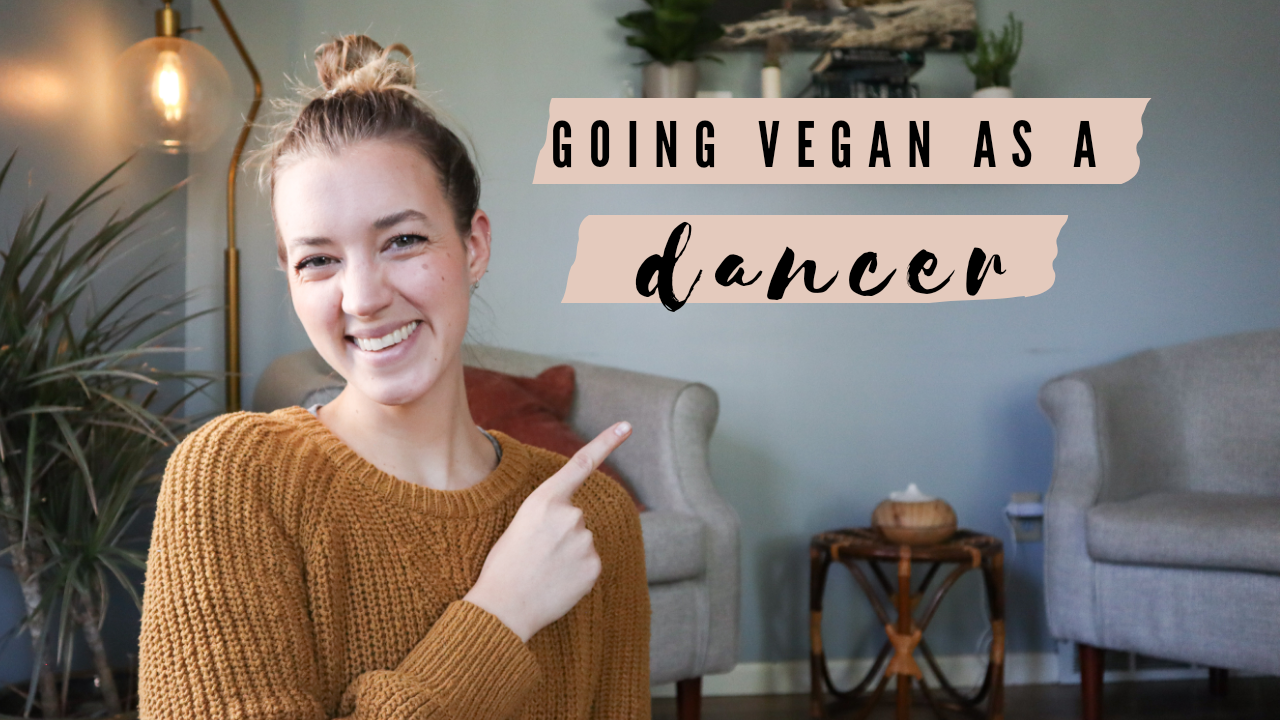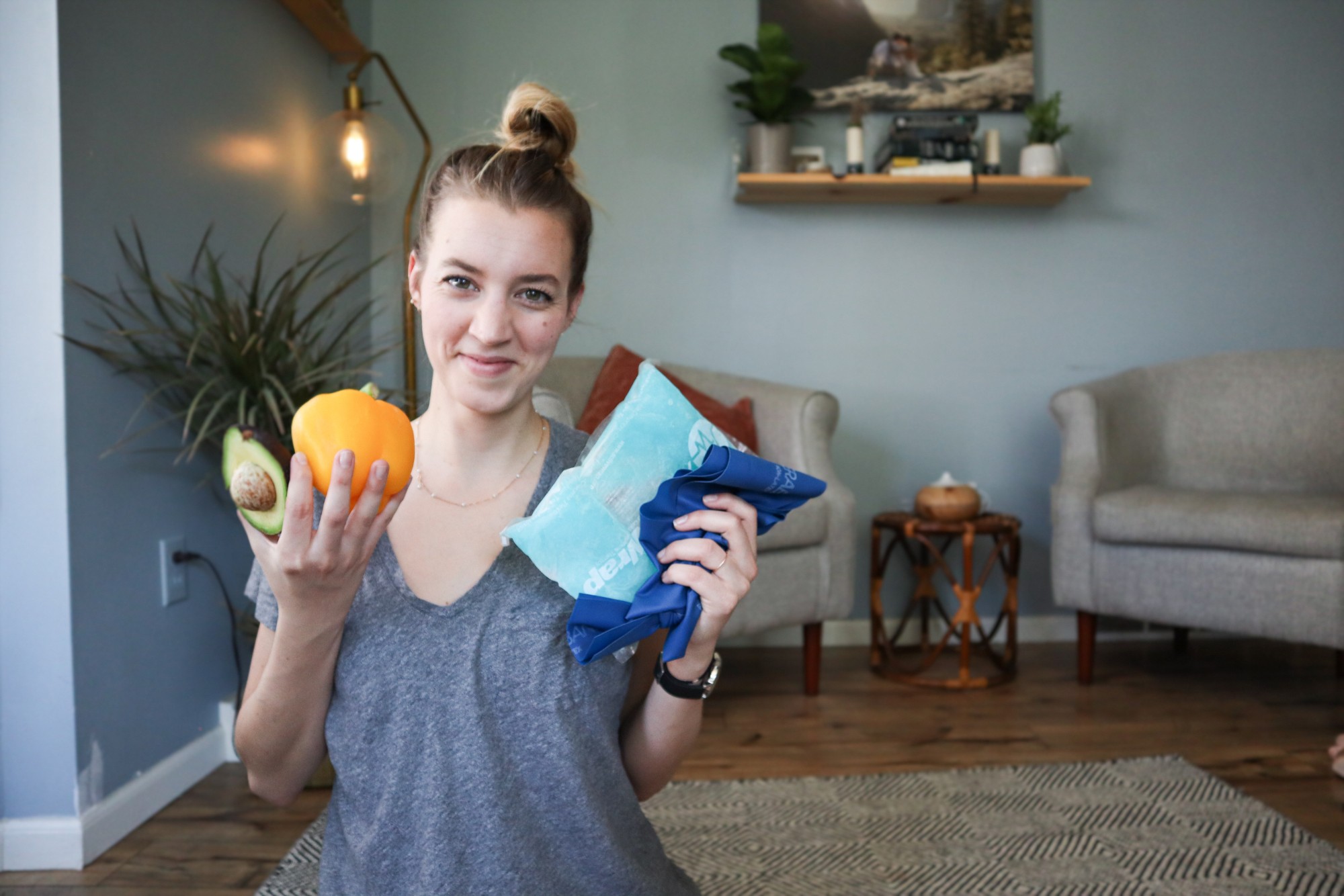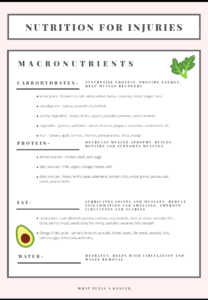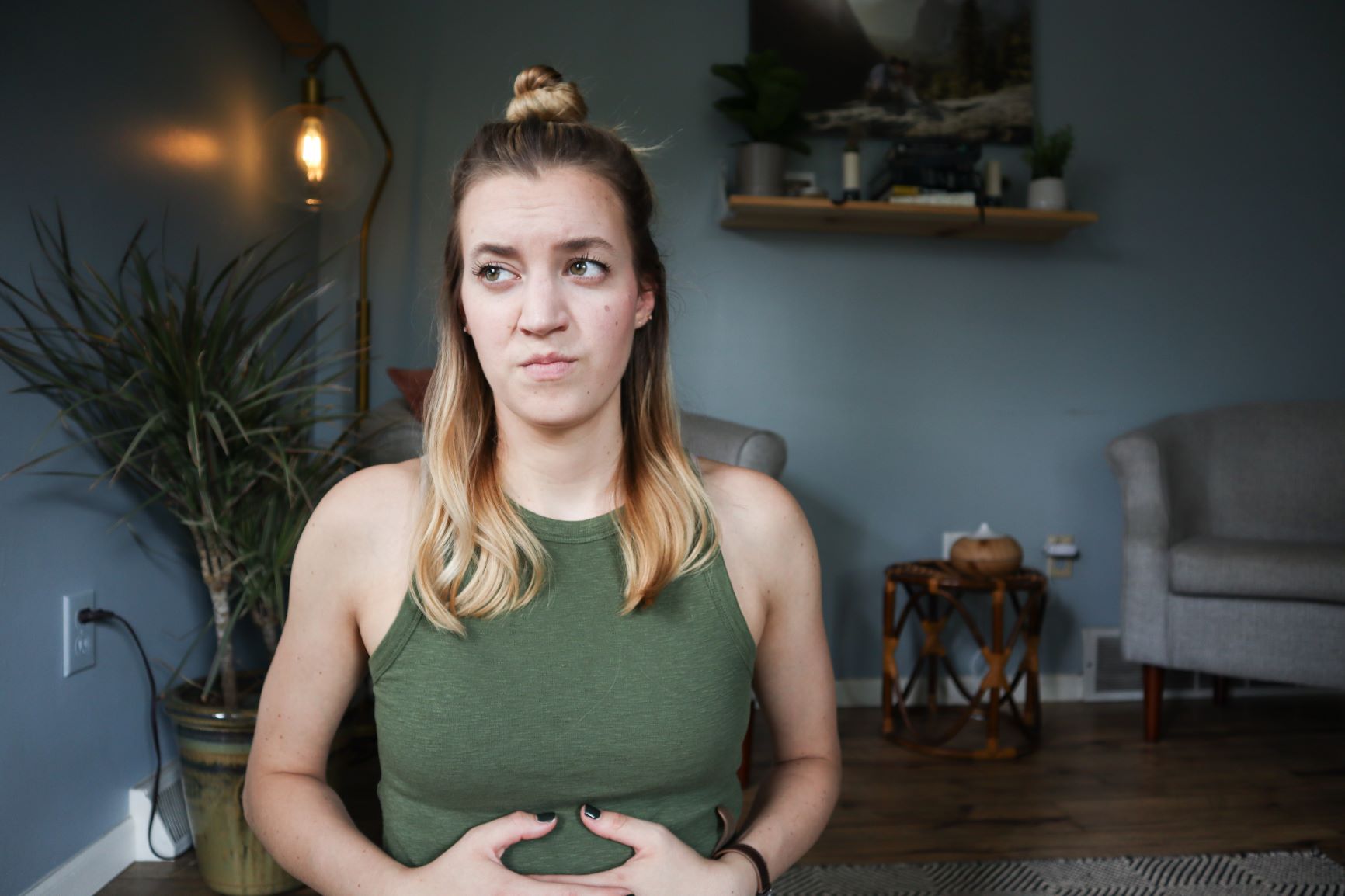There are so many dancers who are curious about different ways of eating. Today, let’s explore going vegan as a dancer!
So, can dancers be vegan?
Becoming vegan or vegetarian is a trend in the dance world. Many dancers are automatically health conscious because our bodies are our instruments, so nutrition plays a role in our performance. On the other hand, dancers also have the tendency towards perfectionism. Restriction, dieting, food rules, and “clean” eating are ways that dancers exercise control over their bodies. When this happens, it can affect our nutrition, body image, and relationship with food.
I want to make it clear that I am not suggesting that dancers should or should not be vegan or vegetarian. That is a completely personal decision and one that can be exercised in a healthy or unhealthy way. In fact, being vegan or vegetarian does not make someone ”healthy”. So, I want to talk about how dancers can thrive on a plant based way of eating and how intuitive eating can be incorporated into it. I want to show the right way that dancers can be vegan and still have a balanced, mindful approach towards eating.
What does being plant based/ vegan/ vegetarian mean?
Labels can get confusing, so let’s define some terms. Someone who is vegetarian does not consume meat, poultry, or fish. They eat all fruits, vegetables, whole grains, beans, nuts seeds, dairy products, eggs, and any other foods from plant sources.
A vegan chooses to forgo animal products all together and relies only on foods that are from plants. There are also more restrictive variations of veganism that eliminate foods like oil, salt, grains, beans, or even cooked foods altogether. These are steeped in diet culture and often create unnecessary food rules based. When talking about veganism, I am referring to a well rounded, balanced, vegan diet that doesn’t eliminate foods beyond animal products.
Many vegans also consider veganism to be a stand against animal cruelty in all sectors of the environment, protesting textiles like leather, down, snakeskin, fur, and other products. This extends to cruelty free, non-animal tested products under the premise of doing no harm. People might also choose to remove animal products from their diet based on finances, environmental concerns, and personal preference.
Plant based is a more blanket term that can cover both veganism and vegetarianism. It’s focus is on eating all or mostly plant foods with the possibility of supplementing in some animal products as needed.
Going vegan as a dancer, or vegetarian, or plant based doesn’t have to be restrictive, but I want to also talk about the right and wrong way to go about it.
My personal experience with going vegan as a dancer
I want to share my personal story and journey with veganism because it highlights the right and wrong way a dancer can go about becoming plant based. I first tried veganism after a knee dislocation injury in 2014. During my time off, I researched anti-inflammatory foods and ways of eating. I read articles and watched videos about veganism, and I also heard testimonials from individuals who were able to heal their relationship with food while being vegan. More of that in a later post.
Ultimately, I discovered that I really like eating vegan. Going vegan as a dancer ended up pretty easy because I loved the foods I was eating, and I didn’t really miss any animal foods. Looking back though, I was still trying to eat too “cleanly” and I was adopting similar food rules to what I had before. When I started dancing professionally that fall, I started eating all foods again. I wasn’t feeling satisfied and fueled, and I wanted to feel more “normal” when going out to eat or eating with friends.
After a year, I noticed that I didn’t feel my best after eating animal products. So for the next few years, I started eating more plant based meals. I was not as restrictive as before, but I still held on to a lot of food rules made me feel guilt and anxiety surrounding what I ate.
Over the past three years, I have slowly been learning how to have a healthy relationship with food, without restriction, through intuitive eating. I continue to eat plant based now because that is what feels best for my body for now and I don’t crave animal products. I LOVE plant based foods. I genuinely look forward to the foods I eat and I do not restrict macronutrients, calories, or processed foods.
All that being said, I am never going to put myself in a box and say that this way of eating will be the best for me for the rest of my life. A few years ago, I was really craving eggs. So after I had a few eggs over the course of a week, that craving went away and I haven’t wanted them since. But that could change. I also don’t want to be flexible in situations where I want to try a certain food, or if I am being hosted in someone else’s home.
Intuitive Eating and going plant based
I truly believe that when we listen to our bodies, follow a balanced approach to eating, and follow our hunger cues and cravings, we will not only enjoy our food, but we will also be able to fuel our bodies with proper nutrition to fuel our dancing. Going vegan as a dancer is not for everyone. It’s a decision that is individual to you! It is also not all or nothing. You might enjoy having a plant based breakfast before dance, or you might enjoy eating fewer animal products, but you don’t have to eliminate all animal foods when trying a more plant based style of eating.
Dancers can still eat intuitively while being vegan or vegetarian by listening to your body’s cravings and cues, and by paying attention to your hunger and fullness and satiety levels before, during, and after meals. Intuitive eating also means listening to your cravings for what your body really wants to eat and enjoying that food without shame or guilt. This means it is important to focus more on how your body feels rather than trying to manipulate your physical appearance. If eating vegan or vegetarian makes you feel strong, fueled, and at your best, then great!
Why you shouldn’t go vegan as a dancer
This brings me to reasons and circumstances in which dancers should not go plant based. If you are struggling with disordered eating or food rules, eating plant based can become another way to exercise control over what you eat and can reinforce negative eating patterns and behaviors. Some dancers decide to try veganism because they see it as a “healthier” or “cleaner” way to eat. This can also lead to disordered eating patterns and anxiety surrounding food decisions.
Dancers might also choose veganism in an effort to look a certain way. Again, I do not encourage dancers to become vegan or vegetarian if their reasoning is purely physical. This can lead to a poor relationship with food and with your body because physical change is held above how food makes you feel. Pursuing veganism or vegetarianism under any of these circumstances can lead us away from intuitive eating because we are potentially trying to override our body’s cravings and cues.
Last thoughts on going plant based
If you decide to go plant based as a dancer, it is important to take a careful look at the reasons why you want to go vegan or vegetarian. Is it aligned with your internal cravings and cues, or is it based on food rules and control?
It is also important to talk to your doctor or nutrition professional about what is right for you. They can monitor your health markers to be sure that you are receiving the proper nutrition that your body needs. A medical professional can also request any required blood work to detect and correct nutritional deficiencies that you might currently have or ones that you might develop in the future. This does not mean that dancers who go plant based will be nutritionally deficient, but some thought and careful planning might be required for certain nutrients.
Like with any diet change, I want dancers to take a look at their reasons and priorities for doing so. Ultimately, every dancer is different and has different nutritional needs based on taste, energy expenditure, stress and activity levels, and so much more. For some, going plant based may feel natural because it follows what they intuitively want. For other dancers, it might feel too restrictive. The great thing about intuitive eating is that you can choose the foods and way of eating that is right for you!
You can watch my video about this topic HERE.




